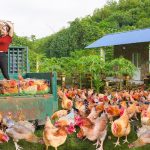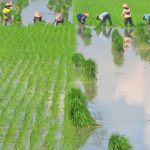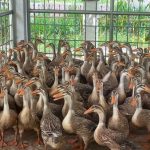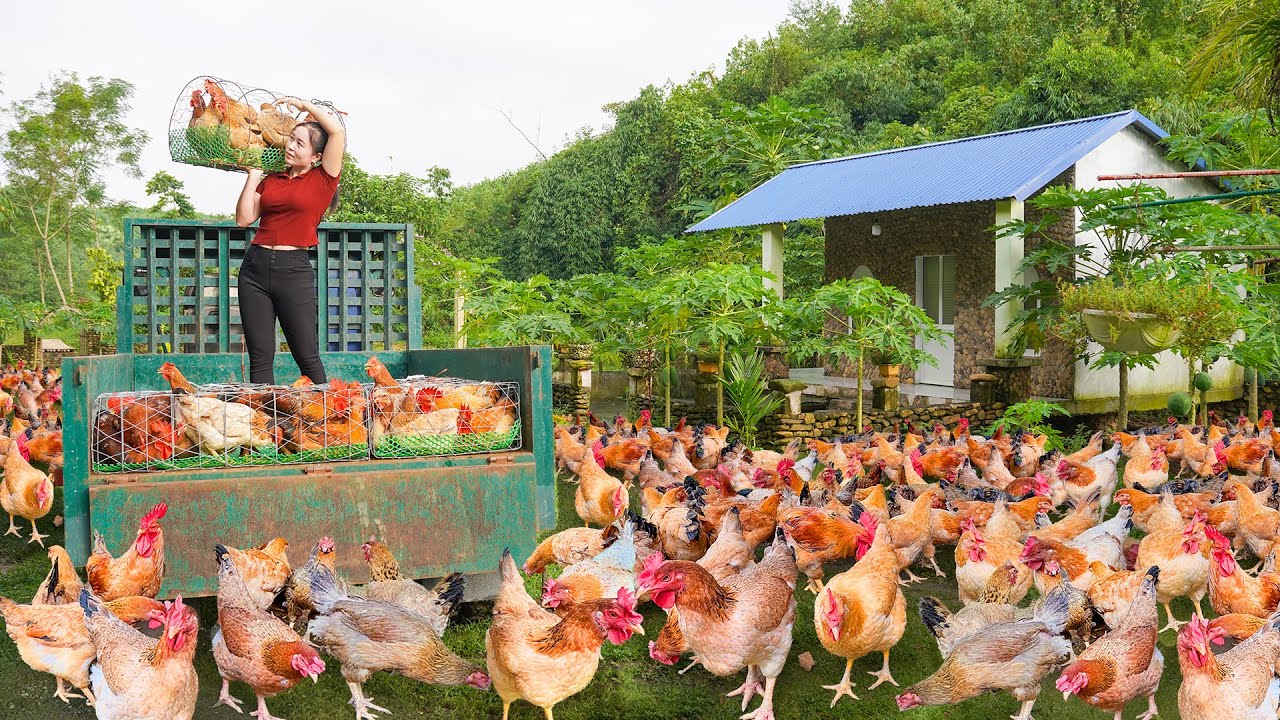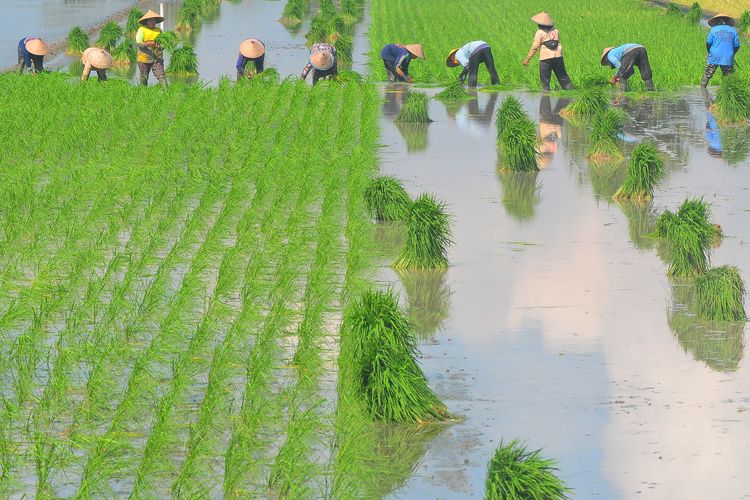Visionary Beginnings and Market Imperative
The resurgence of plant-based dyes springs from growing awareness of synthetic dye pollution and the yearning for artisanal authenticity. Entrepreneurs who embark upon this niche craft transform botanical pigments into sustainable colorants for textiles, appealing to eco-conscious designers and heritage brands. With unique hues derived from roots leaves bark and flowers this venture marries agricultural know-how with biochemical artistry. Experts must navigate pigment chemistry mordant interactions and scalable production systems while preserving the intangible allure of natural hues.
Historical Roots and Market Potential
Ancient Traditions Reimagined
Civilizations from ancient Egypt to the Mughal courts cultivated indigo madder and weld for vibrant robes and tapestries. These botanical dyes conveyed status and spiritual meaning. Today designers revive these traditions to offer organic color palettes that resonate with modern values of health and environmental responsibility. The market for sustainable textile dyes is expected to grow globally as consumers demand transparency fair-trade certification and toxin-free apparel.
Commercial Opportunity Landscape
The organic textile dye segment comprises artisan craft workshops slow fashion labels and bulk suppliers for small-batch weavers. Premium pricing accrues to rare pigments such as cochineal-derived carmine and Japanese persimmon tannin. By contrast widely available sources like turmeric safflower and logwood form the backbone of mid-range offerings. Entrepreneurs can carve niche positions by specializing in local indigeneous plants or functional dyes with antimicrobial or UV-resistant properties.
Botanical Sources and Pigment Profiles
Dye Plant Taxonomy and Pigment Composition
Different plant families yield distinct chromophores. Anthocyanin-rich leaves of purple basil impart magenta and blue tones depending on pH. Flavonoid-laden weld flowers deliver bright yellow hues stable under alkaline mordant baths. Tannin-dense bark of pomegranate and fustic wood bind strongly to cellulosic fibers producing earthy brown tones. Understanding pigment families and their lightfastness wash-fastness and mordant affinities is essential for consistent color reproduction.
Rare and Underutilized Species
Beyond common dye plants entrepreneurs can explore microbial sourced pigments such as Monascus purpureus cultivated rice for red hues. Certain lichens yield orcein a mauve-brown dye once surpassed by synthetic alizarin. Himalayan rhubarb and Brazilian madder possess subtle scarlet nuances prized by haute couture brands. Sourcing these botanicals sustainably from wild populations or establishing dedicated plantations enhances uniqueness but requires phytosanitary compliance.
Cultivation and Sustainable Harvesting Practices
Site Selection and Agronomic Protocols
Successful dye gardens require well-drained soils moderate fertility and full to partial sun depending on species. Weld thrives in temperate zones with rich loam while Japanese indigo prefers sandy loam with ample drainage. Deploy crop rotation and intercropping with legumes to maintain soil nitrogen levels and deter pests naturally. Collect plant material at peak pigment concentration which often coincides with flowering or pre-anthesis stages.
Wild Crafting and Ethical Harvest
For rare dye flora obtaining wild permits and adhering to sustainable harvest protocols prevents overexploitation. Use selective pruning methods minimal soil disturbance and replanting of basal shoots. Maintain genetic diversity by collecting from multiple genotypes. Partner with local communities to create fair compensation models ensuring social as well as environmental stewardship.
Extraction Methods and Colorfastness Optimization
Solvent Systems and Pigment Isolation
Aqueous extraction remains the mainstay for many plant dyes using hot water simmering to release flavonoids anthocyanins and tannins. Alcoholic tinctures of madder root enhance pigment solubility for concentrated extracts. Emerging green solvents such as deep eutectic mixtures of choline chloride and organic acids can boost yield while minimizing energy use. Post-extraction microfiltration clears particulates yielding crisp dye baths.
Mordant Strategies for Fiber Bonding
Metallic mordants aluminum iron and copper form coordination complexes with dye molecules improving washfastness. Natural mordants such as tannic acid and alum-rich clay minerals offer lower toxicity alternatives. Pre-mordanting fibers in tannin baths followed by alum cross-linking yields deeper nuanced color gradations. Experimentation with biomordants like microbial polyphenols can further reduce metal load in effluents.
Designing a Scalable Production System
Farm to Factory Workflow
Integrate dye gardens adjacent to processing facilities to minimize transport time between harvest and extraction. Establish dedicated zones for curing drying and storage of raw botanicals. Implement FIFO inventory control to use oldest stock first preserving pigment integrity. Streamline small-batch extraction and blending into continuous flow reactors for mid-scale operations.
Infrastructure and Equipment
Essential equipment includes stainless steel kettles jacketed for temperature control high-shear mixers for pigment suspension and steam sterilized fermenters for microbial dye production. Invest in photoperiod-controlled growth chambers for year-round propagation of tender species. Onsite wastewater treatment using constructed wetlands and biochar filtration ensures environmental compliance.
Product Formulation and Diversification
Dye Formats and Concentrations
Offer powdered extracts liquid concentrates and dye paste blocks. Powdered ultrafine milled pigments facilitate precise dosing in industrial dyeing machines. Liquid emulsions blend seamlessly into textile printing processes. Solid blocks are ideal for manual tie-dye artisanal workshops. Clearly label each format with recommended fiber types and mordant requirements.
Value-Added Functional Dyes
Incorporate bioactive compounds to add antimicrobial UV-protective or odor-resistant properties. Turmeric and neem leaf extracts impart natural antibacterial benefits to fabrics. Chlorophyll-rich spinach husk dyes can provide UV absorption. Marketing functional dyes commands price premiums and appeals to performance apparel markets such as outdoor gear and healthcare textiles.
Branding Marketing and Sales Channels
Crafting an Authentic Narrative
Storytelling is paramount. Highlight local cultivation regenerative agriculture and botanical heritage. Share visuals of dye gardens pigment assays and artisan dyers at work. Collaborate with textile artists to showcase finished garments in lookbooks reinforcing the link between color source and final product.
Distribution Strategies
Sell direct-to-consumer through e-commerce platforms featuring DIY kits workshops and organic dye samples. Partner with sustainable fashion labels and boutique textile mills for B2B bulk orders. Attend trade shows in natural fibers and eco-textiles. Offer subscription models for seasonal dye palettes tapping into the craft movement.
Financial Modeling and Growth Strategies
Cost Structures and Pricing
Calculate input costs for seedling cultivation plant labor solvent energy water treatment and waste disposal. Factor in equipment depreciation and quality control testing. Price products by markup on cost plus desired profit margin and competitor benchmarks. Premium for unique rare pigments can exceed tenfold over standard dyes.
Securing Capital and Partnerships
Seek grants in sustainable agriculture green chemistry and small business innovation. Collaborate with botanical gardens universities and indigenous cooperatives to share research costs. Explore impact investment funds focused on circular economy and artisanal enterprises. Establish long term contracts with textile manufacturers to ensure stable cash flow.
Case Study Verdant Hues Organic Dyes
Humble Origins
Verdant Hues began as a backyard botanical dye trial blending weld and indigo in repurposed kettles. Founders leveraged local heirloom plant varieties and community seed swaps to assemble a living dye library. Early craft fairs yielded enthusiastic feedback prompting scale-up.
Technical Breakthroughs
By partnering with a university chemistry lab Verdant Hues developed a low-energy ultrasound assisted extraction that doubled pigment yield and reduced processing time. Introduction of enzyme pre-treatments liberated bound anthocyanins from grape skins achieving novel purple shades.
Market Expansion
Today Verdant Hues supplies heritage textile weavers and eco-fashion labels across three continents. Their signature range includes an indigo nitrogen-fixing cover crop rotation system an artisanal cochineal line and a patented turmeric dye stabilized with microbial tannins. Annual revenue growth exceeds 40 percent driven by custom color matching services and licensing of their extraction patents.
Future Trends and Innovations
Synthetic Biology and Pigment Engineering
Advances in metabolic engineering enable microbial production of rare plant pigments in yeast bioreactors. Genetically encoded anthocyanin pathways promise year-round supply of stable red and blue dyes circumventing seasonality constraints.
Digital Dyeing and On-Demand Color
Integration with digital textile printing reduces water usage and waste by applying precise dye volumes. Formulations optimized for inkjet nozzles and rapid fixation broaden the market to home printing enthusiasts and bespoke designers.
Expert Tips and Tricks
-
Harvest dye plants at first light when pigment concentration peaks
-
Use rainwater collection to minimize mineral interference in dye baths
-
Pre-soak fibers in weak alkaline solution to enhance mordant uptake
-
Test small fabric swatches under varied pH to map color range
-
Employ spectrophotometry to quantify pigment yield per batch
-
Recycle spent dyestuff as compost feedstock rich in organic matter
-
Blend pigment extracts to create proprietary signature hues
-
Utilize solar drying racks to preserve pigment potency
-
Label each dye batch with harvest date cultivar origin and processing parameters
-
Offer workshops to artisan dyers building community engagement and brand loyalty
This comprehensive compendium serves as a guiding manifesto for experts seeking to establish a robust natural plant-based dye enterprise that harmonizes ecological principles with commercial viability and artisanal excellence.
